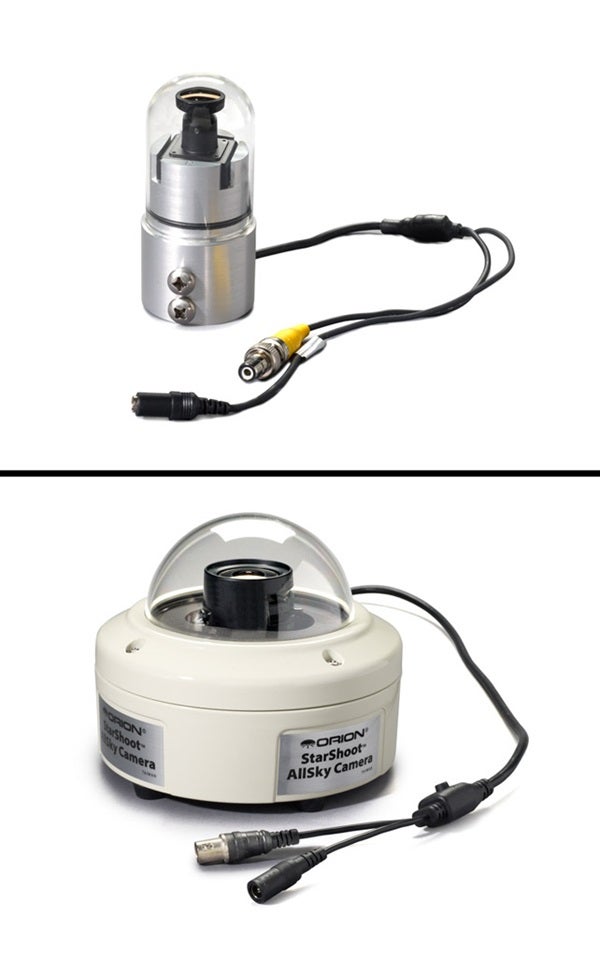For the amateur astronomer, an all-sky camera provides an entry into the world of fulltime astronomy. I’ve lost count of how often I’ve looked outside after dark, seen clouds, given up any hope of observing, and done something else. Then, just before bed, I check again and see a perfectly clear sky.
If you’ve ever missed a meteor shower, an auroral display, or wondered what the weather was like at your remote site before making the trip, an all-sky camera might be the right choice for you.
But that’s just the beginning. These cameras also allow you to see the Milky Way, make out brighter constellations, and watch for aurorae and other sky phenomena from the comfort of home.
Until recently, hobbyists wanting to pursue these activities had few options. They could shell out a couple thousand dollars for a dedicated system or cobble together something on their own. Admittedly, those really weren’t great choices. But as Bob Dylan said, “The times they are a-changin’ ,” and 2011 saw manufacturers introduce two inexpensive systems: Moonglow Technologies’ All Sky Cam and Orion’s StarShoot AllSky Camera.










